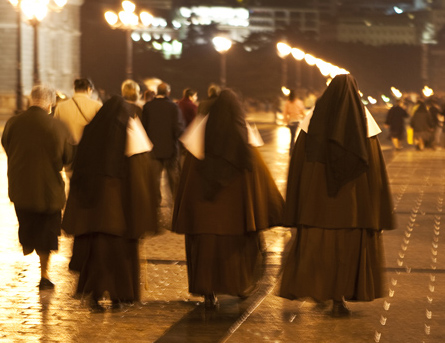
While watching the very disturbing video of Lt. John Pike pepper spraying non-violent and seated UC Davis students, one of the more searing images of recent days, beyond the gut-churning view of uniformed men spraying toxic chemicals directly into the mouths and faces of teenagers trying on their civil rights, I was struck by the ubiquity of bystanders taking photographs and shooting video of the event as it was unfolding. The number of hands raised with their iPhones and cameras blinking in earnest evidence-making was breathtaking, and one couldn't help but harken back to other historical events on college campuses over the decades and wonder just how things would've gone had cameras been as ready and available back then. I daresay the chronicling of such events and others like it might have presented a more expansive view of history than the one with which we were left.
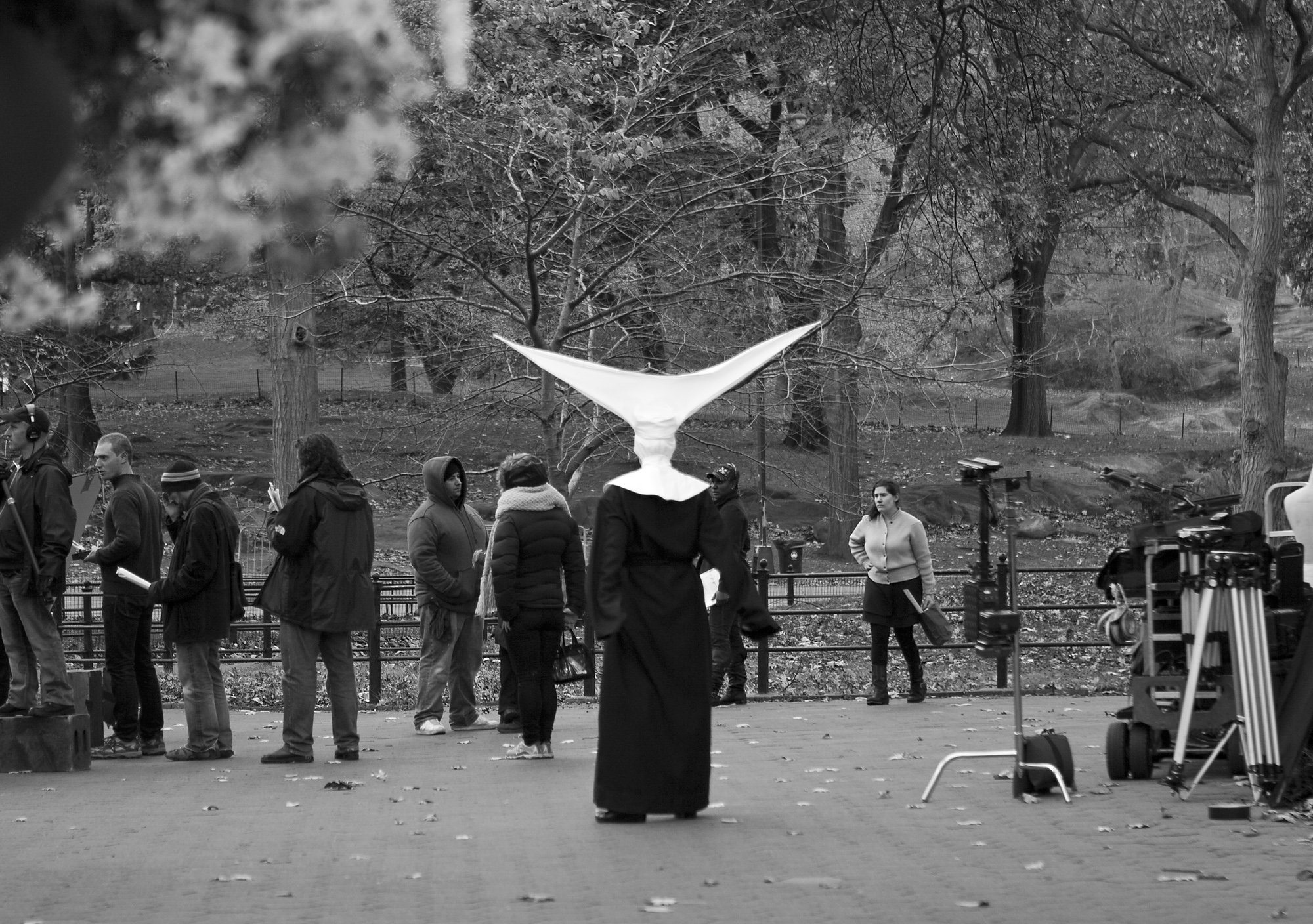
But, in fact, the power of photography and its ability to capture history was clearly and profoundly in evidence even prior to this ubiquity, as demonstrated by the shocking and invaluable Zapruder tape of President Kennedy's assassination, the iconic images of the murdered students at Kent State, and the even more historically-distant but no less powerful daguerreotypes of the Civil War and its most famous participant, Abraham Lincoln, taken by Mathew Brady and others. As hieroglyphics and story-high tapestries so long ago proved, visual narrative has always been a crucial partner in the historical documentation of humankind...we've just got iPhones now!
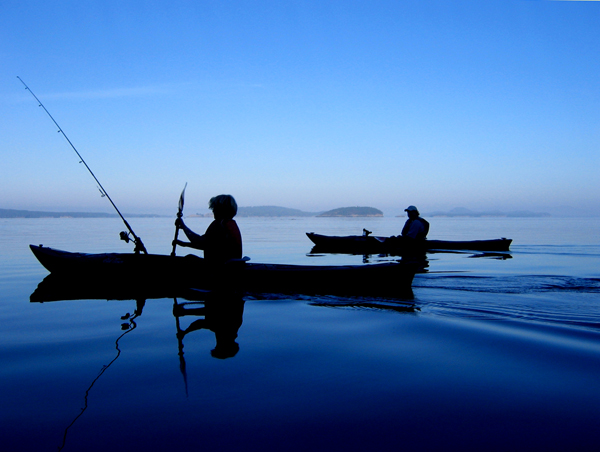
And beyond history and its more ponderous purposes, photography has also been one of the more evocative mediums to capture the beauty of nature, as expertly done by photographers such as Ansel Adams, Bill La Brie, and Gregory Colbert. Or in catching the edge of pop, porn and poetry found in the work of provocateurs Andy Warhol, Robert Mapplethorpe and Diana Arbus. The stunning "decisive moments" of Henri Cartier-Bresson offer photography at its most narrative, as does the rugged photojournalism of Walker Evans, Dorothea Lange, or the incredibly brilliant Tim Hethrington, recently and tragically lost while covering the conflict in Libya. And though certainly with less gravitas but equally as meaningful to the participants, are those intimate moments captured in the exquisite work of artists such as Los Angeles-based wedding photographer, James Johnson, or the iconic "baby photographer," Anne Geddes. The list is long; these are just a few.
But there it is: photography as art, journalism, family chronicling, historical narrative, provocation and exposé...poetic, powerful stuff.
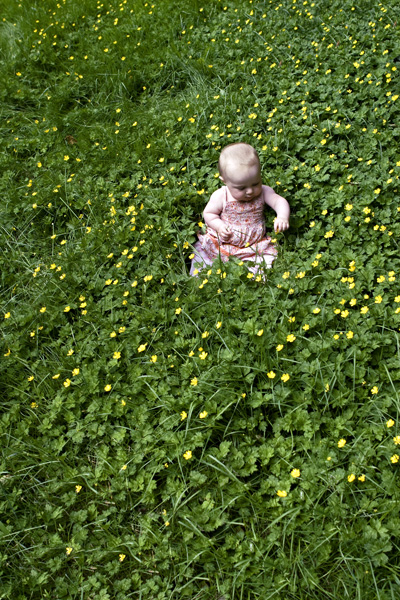 Then along came the the digital revolution, which made cameras compact, then put cameras in phones, then got those tiny cameras and very smart phones into the hands of the clever and curious, and suddenly nothing was sacred from the peering lens of these tiny mechanical miracles. And Lt. John Pike and his pepper-spraying cohorts became forever memorialized in their debatable and infuriating act of police force, as have many other historically important, career crushing or incendiary moments such as 9/11, the Arab Spring, the Iran election revolution, the Japanese tsunami, and, well, Anthony Weiner.
Then along came the the digital revolution, which made cameras compact, then put cameras in phones, then got those tiny cameras and very smart phones into the hands of the clever and curious, and suddenly nothing was sacred from the peering lens of these tiny mechanical miracles. And Lt. John Pike and his pepper-spraying cohorts became forever memorialized in their debatable and infuriating act of police force, as have many other historically important, career crushing or incendiary moments such as 9/11, the Arab Spring, the Iran election revolution, the Japanese tsunami, and, well, Anthony Weiner.
And always, and certainly more sweetly, a baby's birthday!
For some, the mystique of photography itself has been put into question by this turn of events and many veterans of the film medium bemoan the lessening of form, technique, and respect for the craft and its slow, earned skill. The sudden entitlement of anyone with a decent camera to call themselves a "photographer" sometimes leaves no discernment between the art of the form and the act of the form. As one slightly delusional mother put to me as she waved a -- yes, rather delightful -- photo of kitten taken by her Canon-point-and-shoot-wielding toddler, "See...my three-year-old can shoot pictures as well as any adult!"
Calm down, Mom...she got lucky.
Digital photography and its wide selection of affordable cameras of every ilk and style have unarguably made the capture of good pictures an easier task than it was with our clunky Kodaks, Canons or little Brownies of yore; certainly the quality is better, particularly as compared to those disposable cameras tourists used to use and wedding receptions still do.
Any good point and shoot camera, be it Canon, Nikon, Sony, whatever your choice, is designed to do exactly that: be pointed at an object and, with the click of the button, take a damn fine picture. It's part of the mission statement. But snapping a button on a good camera that easily catches an image is a long way from understanding the nuance, composition, tone, light and statement of a well-considered and expertly crafted photograph like the kind routinely and purposefully taken by the aforementioned professionals. Let's keep that differentiation in mind, shall we?

As a digital photographer myself, one who learned on an old 35mm, leapt into the digital format years ago; defined my style and crafted my education through trial, error, solid tutelage, wise guidance, and a great deal of experimentation, I am not one to disdain new technology. I see it as a natural progression that has changed the paradigms of the medium by offering new ones. Still, some maintain that digital photography will never match the richness, texture and nuance of film (as some in music continue to engage in analogue/Pro Tools comparisons); I cannot argue that one way or the other. I have seen some breathtakingly beautiful, nuanced, textured and composed photographs taken with digital cameras and some not-so-fabulous ones taken with those using film. And vice versa. Odds are, regardless of the mechanics or the machine, the eye and artistry of the photographer will always wield the greatest influence on the outcome.
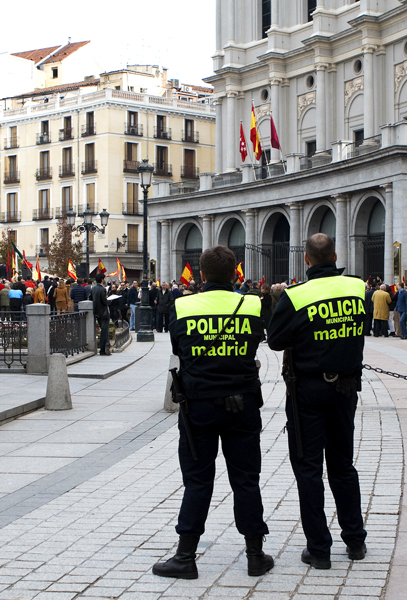 So as our life, times, history, tragedies, conflagrations, families, babies, and great, beautiful earth continue to be captured in images large and small, digital and otherwise, professionally or with the snap of an iPhone, I urge those truly interested in the medium to explore some of the photographers linked here, as well as the many others who've advanced the medium. It's important to understand not only the technology that makes the expression of the form so readily available in current times, but to also understand and acknowledge its history. Equally important is to become aware of the artistic accomplishments of its most talented practitioners who've contributed to its permanent standing as an essential art form.
So as our life, times, history, tragedies, conflagrations, families, babies, and great, beautiful earth continue to be captured in images large and small, digital and otherwise, professionally or with the snap of an iPhone, I urge those truly interested in the medium to explore some of the photographers linked here, as well as the many others who've advanced the medium. It's important to understand not only the technology that makes the expression of the form so readily available in current times, but to also understand and acknowledge its history. Equally important is to become aware of the artistic accomplishments of its most talented practitioners who've contributed to its permanent standing as an essential art form.
Take your snaps, grab your moments, enjoy the ease of your digital camera, but honor the art and, if you are so inclined, dig deeper into the craft so that you learn to rely not on luck to yield that spectacular kitten photo, but the skill you've accrued; knowledge that will infuse your work with the clarity and understanding of a true artist's eye.
But either way; whatever the camera, whatever the photographic interest or philosophy, keep chronicling. You are all part of the storytelling team, the vanguard of history; keeping the world honest and participating in the tapestry of our time. Weave away.
All photographs by Lorraine Devon Wilke used with her permission. Click here for more images and galleries.
